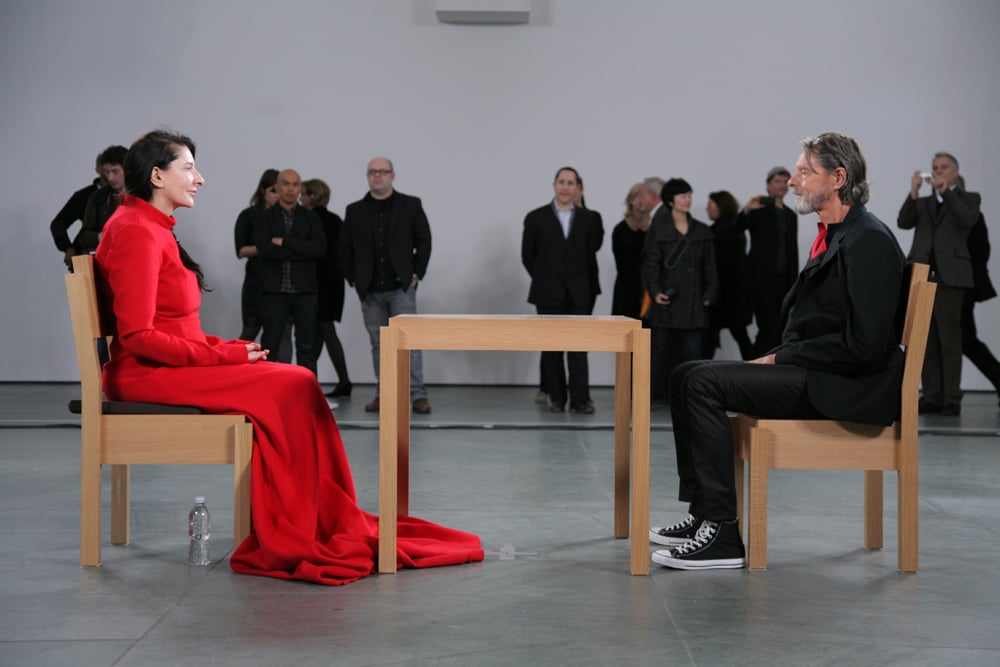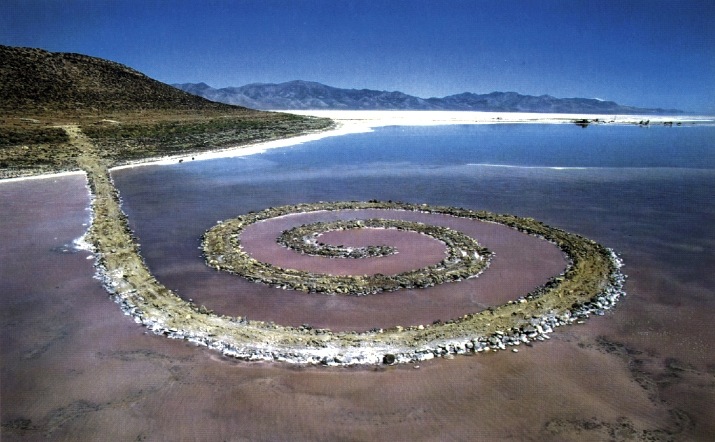Advertisement

This image was created, its called ' David Kirby on his deathbed, Ohio, 1990'.
David Kirby was an activist for HIV/ AIDS in the 1970's until his death in 1990. Kirby suffered from HIV and stayed in a AIDS hospice in Ohio.
David Kirby died at the age of 32 on Mat 5th, 1990.
1982 - AIDS is defined ' a disease at least moderately predictive of a defect in cell mediated immunity, occurring in a person with no known case for diminished resistance to that disease.
1983 - Discovered AIDS could be passed down genetically.
- AIDS have affected 3,064 people ( 1,292 dead ).
1984 - Cause of AIDS discovered.
1985 - Over 20,000 cases of AIDS in the world
1989 - Approximately 100,000 reported AIDS cases
1990 - Believed that over 8-10 million people had HIV worldwide.
Poster

This poster depicts 3 Hindu women, dressed in traditional clothing, sitting on a rug. The central figure is of a young mother holding a new born baby tied closely to her body. The women are talking to one another, it can be inferred that they are talking about the possibility of a husband contracting AIDS while away from home.
The poster cautions to use protection when having sex with strangers. The central theme in this poster is male infidelity and with it an increased risk of contracting HIV/AIDS. The subject matter and title is extremely relevant to the target audience, in this instance the families in rural parts of the country, and most men tend to earn their living by going to the cities and usually stay there for a long period of time.
This theme exposes the vicious cycle of poverty. Away from their families due to lack of funds and paid vacations, these men turn to sex workers and are likely to be infected by them.
The translation of the poster says;
' My husband has gone to the city to make more money, I hope he does not contract AIDS while he is there. But if he resists temptations then he can never bring AIDS back home. Sexual intercourse without proper precautions results in the spread of AIDS.

Peter Kennard and Cat Picton- Phillips who have worked together since 2002, initially to make art in response to the invasion of Iraq. Their work is shown in a range of contexts, online, in galleries and on protest marches. They describe their work as an integral part of political activism, a direct means of communication: ' The visual arm of protest'. Photo op, depicting Tony Blair taking a selfie in front of a huge explosion, has to become an iconic image.
It was produced in response to the anger they felt at the Government's decision to go to war in Iraq in 2003, in the face of widespread public protest. They describe their need to create something that reflected and validated this public opposition, sentiments they felt were not reflected in the mainstream media at the time.

On 8th June 1972, a plane bombed the village of Trang Bang, near Saigon in South Vietnam after the South Vietnamese pilot mistook a group of civilians leaving the temple for enemy troops. The bombs contained napalm, a highly flammable fuel, which killed and badly burned the people on the ground.
The iconic black and white image taken of children fleeing the scene won the Pulitzer Prize and was chosen as the World Press Photo of the year in 1972.
It communicated the horrors of the Vietnam war in a way words never could, helping to end one of the most divisive wars in American history and later becoming a symbol of the cruelty of all wars for children and civilian victims.



.jpg)


.jpg/220px-Henry_Moore,_Family_Group_(1950).jpg)





